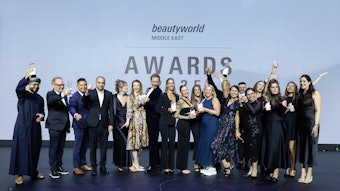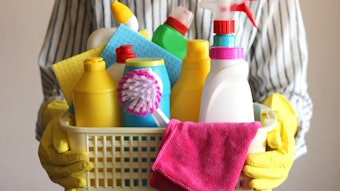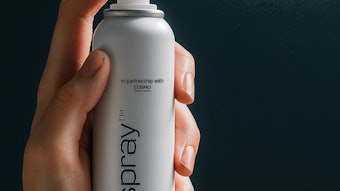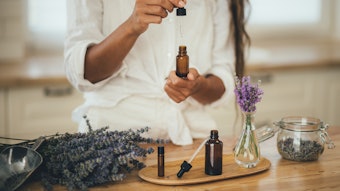Personal Care Products Council spokeswoman Kathleen Dezio issued the following statement in response to the report released November 30 by the Campaign for Safe Cosmetics (SCS).
“While we applaud meaningful efforts to promote greater safety of personal care products and cosmetics, there is little if any substance to today’s report issued by the Campaign for Safe Cosmetics (CSC) [titled Market Shift: The Story of the Compact for Safe Cosmetics and the Growth in Demand for Safe Cosmetics].
“First, the report is based on numerous false assumptions. Specifically, it implies that the health and safety of American consumers is at risk from personal care products and cosmetics and that products sold in Europe are safer than those sold in the U.S. Nothing could be further from the truth. Our industry has the best product safety record of any sector regulated by the U.S. Food & Drug Administration (FDA); there is no substantiated health risk from the products our member companies market to consumers; we follow rigorous safety standards and by law cannot market unsafe products; there is very little difference between the vast majority of personal care products and cosmetics sold in the United States and those sold in Europe. Although the EU Cosmetics Directive does include a list of substances banned from use in cosmetics in Europe, the vast majority of ingredients on the list have never been used in cosmetics in the U.S. (for example, asbestos and jet aircraft fuel) or haven’t been used in many years.
“Second, the report ignores aggressive, comprehensive and effective industry safety initiatives. For more than a hundred years, our industry has been committed to making safe, quality products and improving existing safety standards because consumers deserve multiple layers of protection and transparency. In 2007 we established the Consumer Commitment Code. This effort reflects existing safety practices companies have followed for decades and adds new practices. A number of the elements of the Code go beyond the requirements of the law. They highlight the proactive and responsible approach to product safety supported by cosmetic companies.
“Our Consumer Commitment Code, which took effect in 2007, has been signed by companies that manufacture and/or sell more than 90% of the U.S. sales volume of cosmetics and personal care products. As a result, the Code has shown important, tangible results, including:
- A continuous trend of increased reporting by cosmetic companies to FDA’s Voluntary Cosmetic Reporting Program (VCRP), which is one of the key provisions of the Code but was not a provision of the CSC’s Compact.
- Since the Code was adopted, the number of establishments registered with the VCRP has increased by more than 40 percent.
- Similarly, since 2007, the number of formulations registered in FDA’s VCRP has increased by more than 200%.
- We have promoted use of this streamlined and updated VCRP database to provide a more accurate picture of products and ingredients on the market and better enable FDA to reach manufacturers and notify the public should the agency have concerns about a particular product or ingredient.
- We have worked with Congress for more than two decades to increase funding to support FDA’s Office of Cosmetics and Colors’ regulatory oversight of our industry and to strengthen and modernize this oversight.
- Several months ago, the Council and its members joined with several other industries to initiate the Safe Cosmetics Alliance to support science-based legislative and regulatory policies that enhance consumer and product safety standards. This new alliance is comprised of leading beauty and personal care product and services industry trade organizations representing manufacturers, suppliers, distributors, retail owners, salon/spa owners, and licensed beauty professionals that represent small-, medium-, and large-sized businesses.
- We created www.cosmeticsinfo.org, a consumer information website that offers user-friendly access to factual, scientifically-based information on products and ingredients. The site also includes information on how to read product labels, how cosmetics and personal care products are regulated in the U.S. and Europe, and the extensive processes companies go through to assess the safety and efficacy of their products. The site also includes videos, a search engine, FAQs, a glossary and links to other authoritative bodies on cosmetic safety issues.
“As our industry continues to innovate and to enhance its safety practices, we are confident that it will continue to grow by providing consumers with a wide range of safe, quality products—something for which it is known throughout the world,” Dezio concluded.










